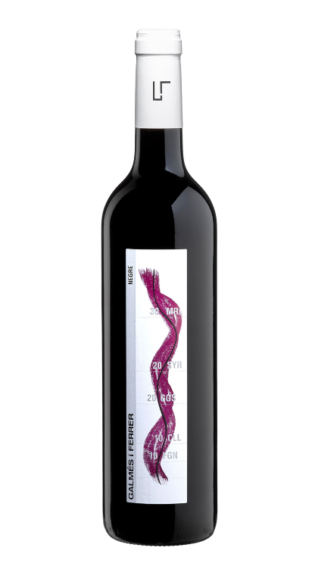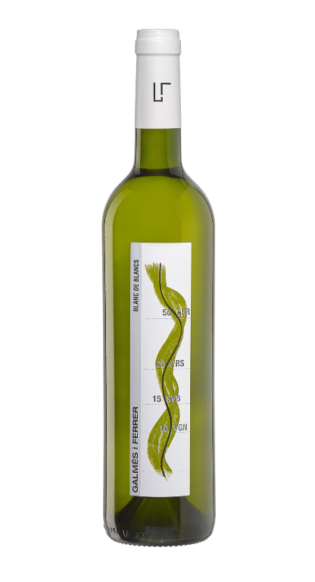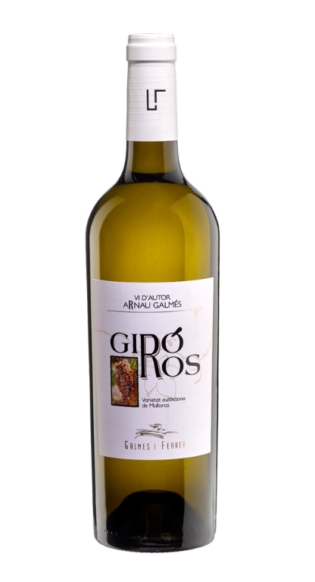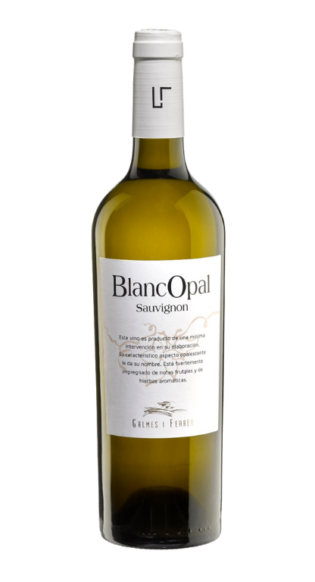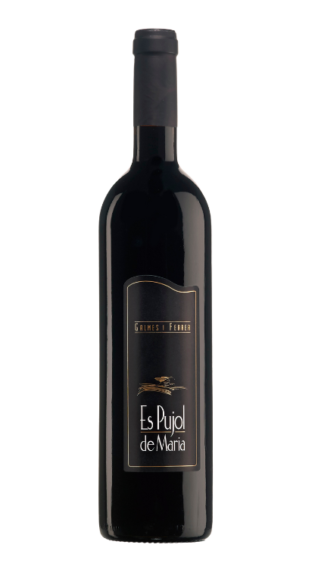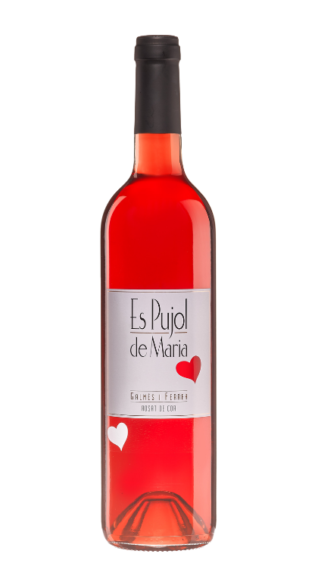Tradició vinatera a la sang
T r a d i c i ó v i n a t e r a a l a s a n g
In this family business with almost a century of history there work Arnau Galmés, oenologist, the youngest of the saga of these winemakers and the one who still carries the weight of the cellars, and his father, Guillem, who is present during all the process of elaboration of the wines, contributing with his experience all that the tradition of making wine preserves and a lot of memory, since the raïm was trepitjava and when it was a pourer it was very difficult to get inside the wood tanks, since these concentrated great quantities of carbonic anhydride that was detected by burning a candle inside, if the candle was extinguished, it was better that no one went down because there was no oxygen and death by asphyxiation was quite probable.
The Galmés i Ferrer family business in Petra has been making wines for almost a century.
At the moment when we arrive at the warehouses, recently enlarged, they comprise 1000 square meters. and equipped with new machinery, they are ready to put the press to work, a jewel that, as Guillem Galmés explains, is about a hundred years old and almost coincides with the first installation of electricity in the village”.
Galmés i Ferrer produces around 120,000 liters per year, including rosé, black and white wines. The red wine, Mallorca’s wine par excellence, comes from different varieties of raisins and at Galmés i Ferrer they produce Manto Negro, Callet, Cabernet Sauvignon, Merlot, Tempranillo and Syrah.
Most of their production comes in bulk to the store that they have just in front of the church of Petra, although it is foreseen that in a short term it will be definitively located in the upper part of the cellars. On the other hand, selected portions of the annual production are currently bottled about 15,000 bottles, and it is expected that at the basement of the recently enlarged winery will rest sucs that will be destined to a certain number of bottles to bottle the wine and make reserves or crianzas, this initiative is in fact already underway.
Little by little and with a lot of work the Bodegues Petreres de Galmés i Ferrer have started to be able to enjoy these new buildings where will be located one hundred per cent of its different departments, the laboratory, the cellar, the cellar, the cellars for the preservation and packaging of the wines and where the tanks for fermentation and conservation are located, the cellars for the conservation and packaging of the wines and where the tanks for fermentation and conservation are located, as Aarnau Galmés says “we still think that it is better to do a little something well done than not much and of poor quality”.

On occasion, the winemaker may decide to leave them in if the grapes themselves contain less tannin than desired. This is more acceptable if the stems have ‘ripened’ and started to turn brown. If increased skin extraction is desired, a winemaker might choose to crush the grapes after destemming.
Wine is one of the most civilized things in the world and one of the most natural things of the world that has been brought to the greatest perfection, and it offers a greater range for enjoyment and appreciation than, possibly, any other purely sensory thing.
Ernest Hemingway Tweet
Removal of stems first means no stem tannin can be extracted. In these cases the grapes pass between two rollers which squeeze the grapes enough to separate the skin and pulp, but not so much as to cause excessive shearing or tearing of the skin tissues. In some cases, notably with “delicate” red varietals such as Pinot noir or Syrah, all or part of the grapes might be left uncrushed (called “whole berry”) to encourage the retention of fruity aromas through partial carbonic maceration.
The Grapes
The quality of the grapes determines the quality of the wine more than any other factor. Grape quality is affected by variety as well as weather during the growing season, soil minerals and acidity, time of harvest, and pruning method. The combination of these effects is often referred to as the grape’s terroir.
Grapes are usually harvested from the vineyard from early September until early November in the northern hemisphere, and mid February until early March in the southern hemisphere.
In some cool areas in the southern hemisphere, for example Tasmania, harvesting extends into May. The most common species of wine grape is Vitis Vinifera, which includes nearly all varieties of European origin. The most common species of wine grape is Vitis Vinifera, which includes nearly all varieties of European origin.

Manual harvesting is the hand-picking of grape clusters from the grapevines. In the United States, some grapes are picked into one- or two-ton bins for transport back to the winery. Manual harvesting has the advantage of using knowledgeable labor to not only pick the ripe clusters but also to leave behind the clusters that are not ripe or contain bunch rot or other defects. This can be an effective first line of defense to prevent inferior quality fruit from contaminating a lot or tank of wine.
Destemming is the process of separating stems from the grapes. Depending on the winemaking procedure, this process may be undertaken before crushing with the purpose of lowering the development of tannins and vegetal flavors in the resulting wine. Single berry harvesting, as is done with some German Trockenbeerenauslese, avoids this step altogether with the grapes being individually selected.
Crushing is the process when gently squeezing the berries and breaking the skins to start to liberate the contents of the berries. Destemming is the process of removing the grapes from the rachis (the stem which holds the grapes).
In traditional and smaller-scale wine making, the harvested grapes are sometimes crushed by trampling them barefoot or by the use of inexpensive small scale crushers. These can also destem at the same time. However, in larger wineries, a mechanical crusher/destemmer is used. The decision about destemming is different for red and white wine making. Generally when making white wine the fruit is only crushed, the stems are then placed in the press with the berries. The presence of stems in the mix facilitates pressing by allowing juice to flow past flattened skins.

